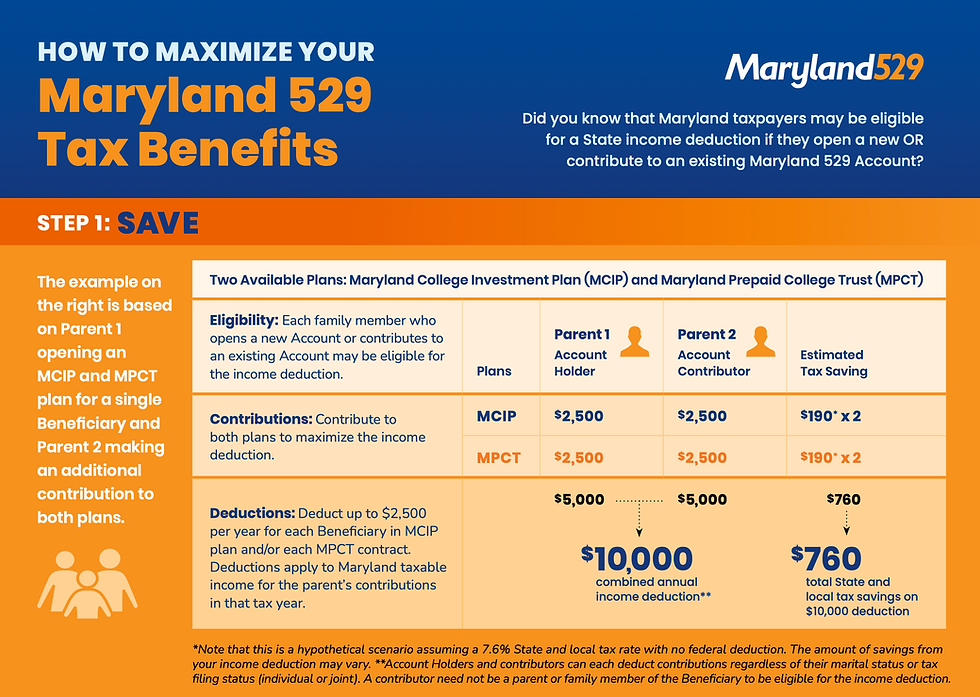Putting your child on payroll……the RIGHT Way
- Samantha Hawkins

- Dec 4, 2024
- 4 min read
Updated: Dec 9, 2024
Paying your children properly is an excellent strategy to minimize their tax liability and create other ancillary benefits. Follow the following procedures to ensure that this strategy does not backfire.
Child is Under The Age of 18 | Child is 18 or Older |
Provisions below are applicable to sole proprietorships & partnerships | Provisions below are applicable to all entity types |
Do not have to withhold income or payroll taxes including unemployment insurance and workers comp insurance | Treat them as a subcontractor or employee |
No income tax is due on income earned up to the standard deduction for the applicable tax year, amounts in excess are subject to income tax. | If a subcontractor, although no tax will be withheld, a 1099-NEC will be issued in January and the child will be required to file as a small business using Schedule C. |
Form W-2/Form 1099-NEC is not required, but recommended if planning to open an Roth IRA for your child | If an employee, the child's salary/wages are subject to income and payroll taxes, which will be reported on Form W-2 issued in January. |
You can still claim your child as a dependent on your tax return | Considering all support and qualification requirements, you may be able to claim your child as a dependent |
You can still take the child tax credit, if you qualify | Child tax credit is no longer applicable at this age |
Deductible business expense as payroll or payment for services performed | Deductible business expense as payroll or payment for services performed |
The IRS knows there is a huge benefit in doing this, so they often look more carefully at contract labor, professional services fees, and payroll expenses. Here are some tips to help keep you on the straight and narrow.
Your child must be doing ACTUAL work FOR your business. Do not just add their name to payroll and to pay them for the use of their name. Choose a job that is appropriate for their age. Paying them for doing their standard chores around the house does not count as work for the business.
Double check your state’s child labor laws and ensure your child meets the age requirements to work and they can complete their job within your state’s regulated working hours.
The salary you pay your child must considered “reasonable” for what you have them doing for the business. Stuffing two envelopes for the week and paying them $1500 would be considered suspicious. • The best audit defense is keeping good records and doing the same on-boarding process with your child as you would with any other employee. This ensures that your documentation is top notch and gives your child insight into what it will be like working for someone else.
Fill out the Federal and State withholding forms showing them as “EXEMPT”
Complete the Employment Eligibility Verification (Form I-9)
Make sure you have an Employer Identification Number and state withholding ID
If you plan to have your child contribute to a Roth IRA, file Form W-2 at the end of the year, reporting how much you paid them with no withholding reported. Otherwise, a Form W-2 or Form 1099-NEC is not required since there is no withholding reported, and the income earned will not exceed the standard deduction.
Have them complete time sheets and log their tasks completed
How does this work if you have a C-Corp or S-Corp?
If your business is a C-corporation or S-corporation, as a workaround, you can set up a separate sole proprietorship or partnership, owned solely by you or by you and your spouse, to support the operations of your main c corporation or s-corporation. For example, the sole proprietorship can handle the administrative functions of the c-corporation or s-corporation. The C-corporation or S-corporation pays the sole proprietorship a management fee for administrative support, per a management agreement, and the sole proprietorship pays your child directly, not the C-corporation or S-corporation. In the event of an audit, you’ll have to show that the sole proprietorship is legit and doing work for the C-corporation or S-corporation. Documentation matters! Ensure that you have a WRITTEN management agreement between both entities. Maintain support for ALL management payments, which should be reasonable for the work the management company is doing AND should not be the EXACT same amount of the salary you paid your child. Keep track of all employees’ time worked and what they did.
Can my child contribute to a retirement account?
Yes! Upon hiring your child, you can jumpstart their retirement savings by opening a Roth IRA for them and contributing the maximum contribution, which is the lesser of $7,000 for 2025 or their taxable earnings for the year. Children of any age can contribute to an IRA as long as they have earned income from a job (Form W-2) or a business of their own (may require Form 1099-NEC or P&L Report of the registered business, check with brokerage firm). Roth IRAs for Kids provide the opportunity for tax-free growth at an early age and work in the same manner as a general Roth IRA.


Comments